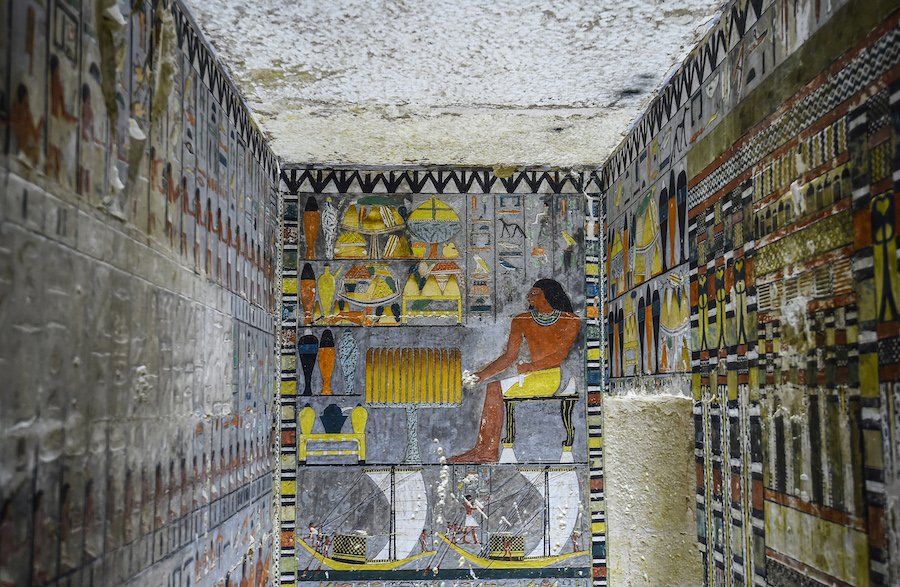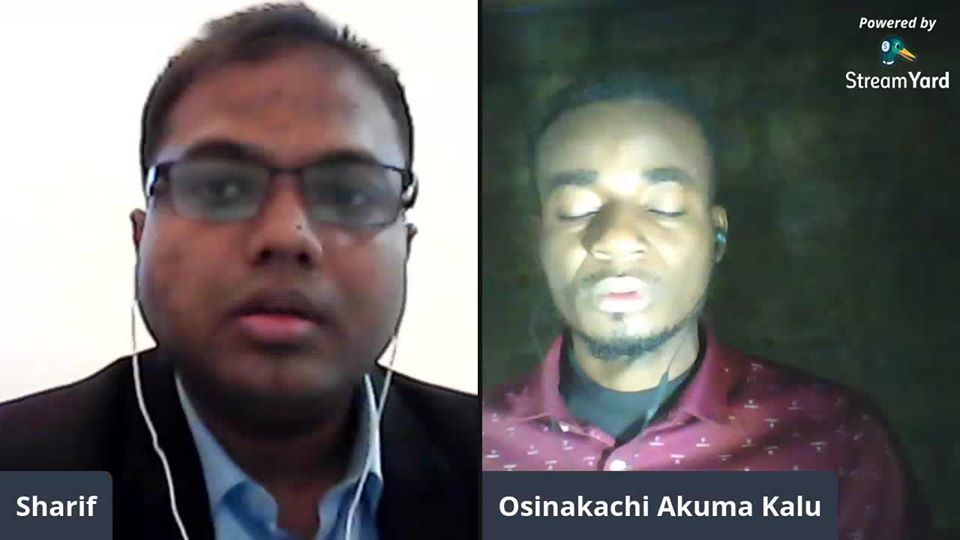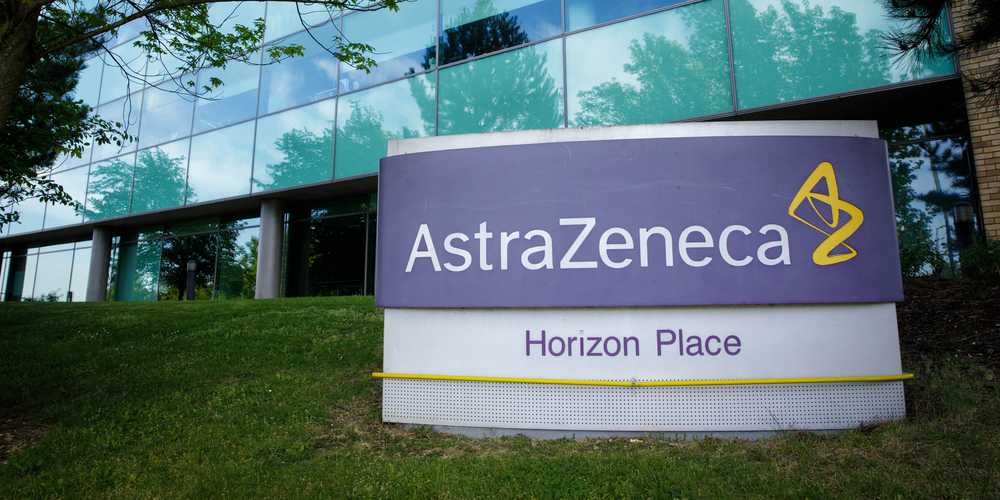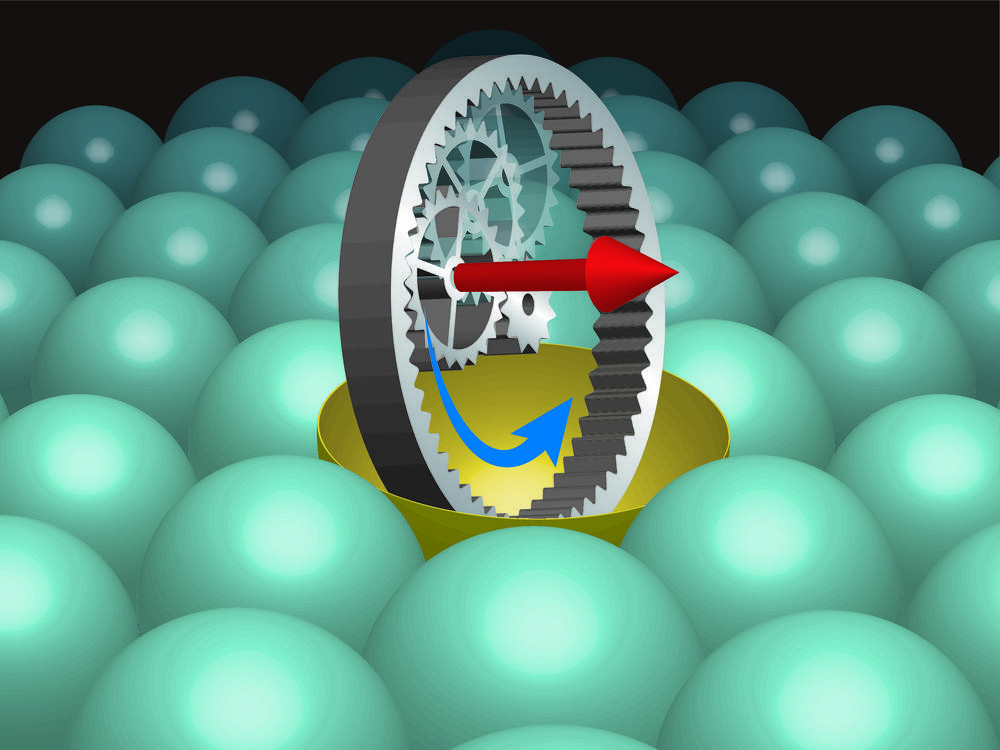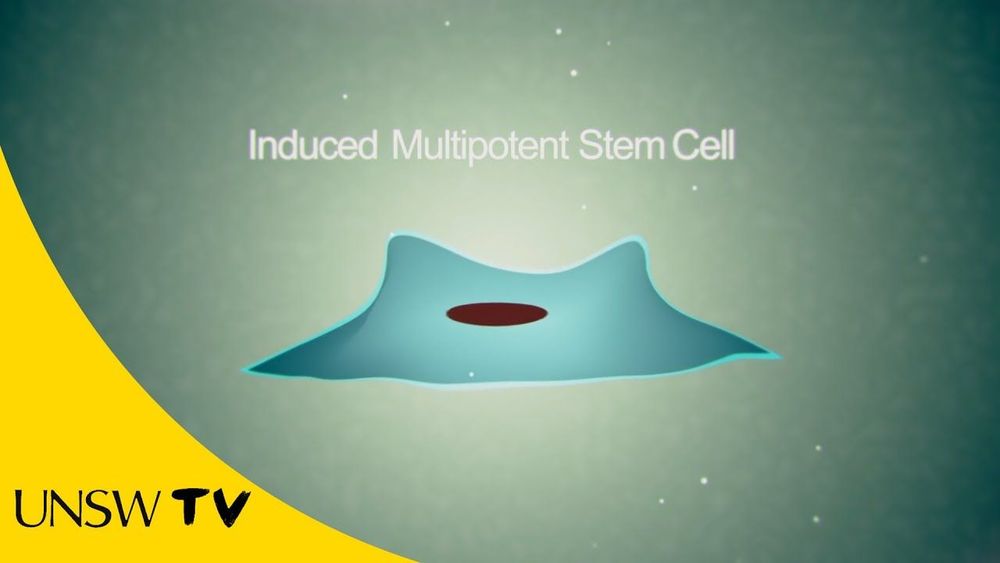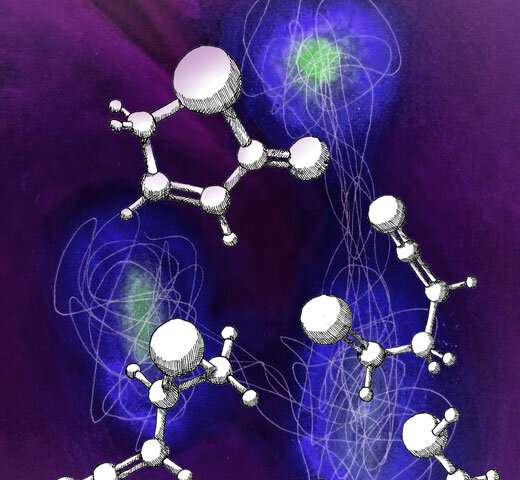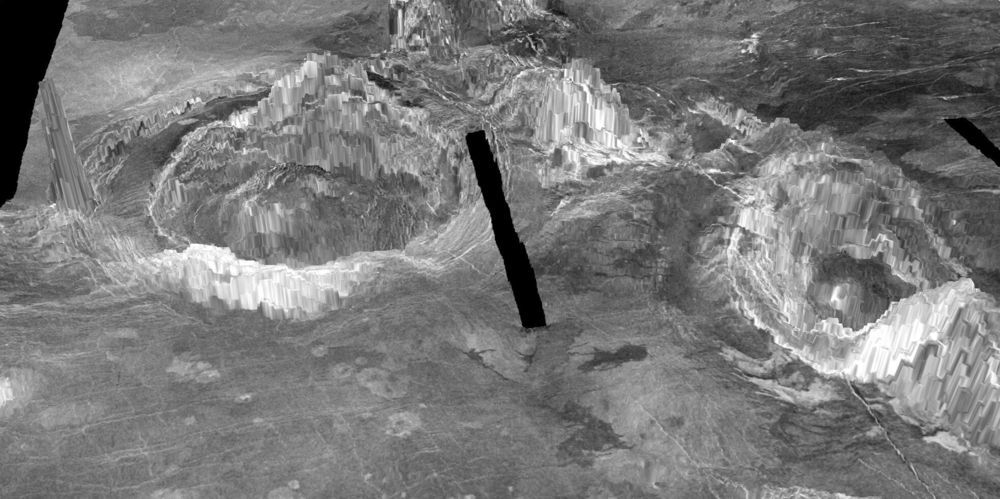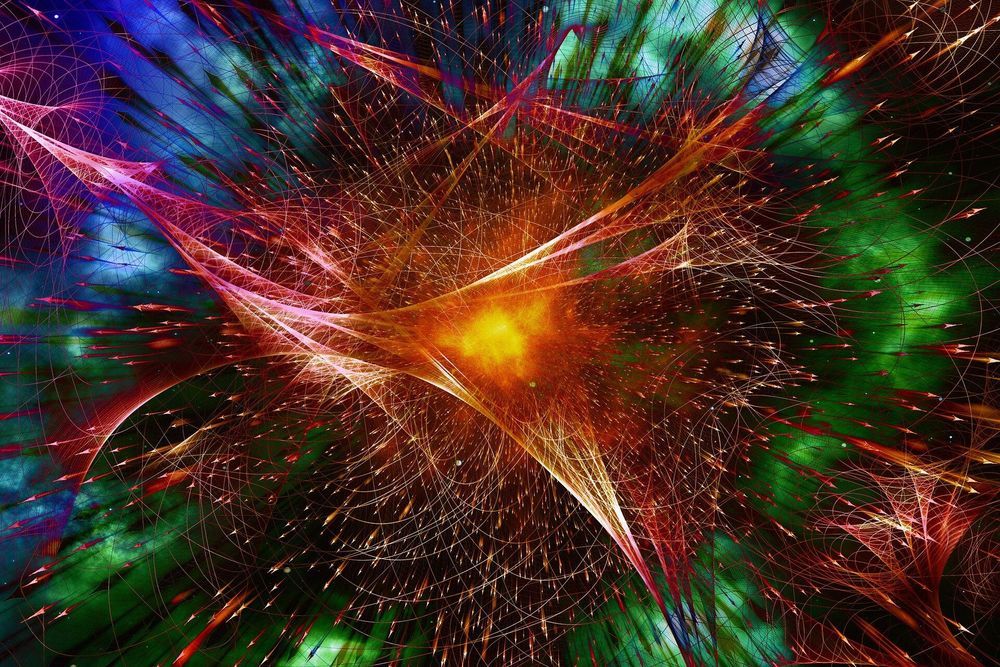DUBAI: If you’ve ever wondered what messages the Ancient Egyptians were trying to convey with their hieroglyphics, Google’s new tool might just be able to help. In celebration of the anniversary of the discovery of the Rosetta Stone, Google Arts and Culture has released a new AI-powered tool, Fabricius, that allows you to decode and translate the ancient symbols and characters into both Arabic and English. The aim is to raise awareness and preserve the history and traditions of Ancient Egyptian civilization.
But now, all the Arab world’s universities must be ready to run with the baton that Hope is handing to them. Currently, the overwhelming majority of the young people who watched the launch on their smartphones and decided on a career in space science will have to study abroad, because the Arab world largely lacks the capacity to educate them in astrophysics or space science.
The United Arab Emirates’ Mars probe is a stunning and historic effort, but it needs to be transformational, too.
AstraZeneca shares fell on Monday even after the publication of positive results from a trial of its experimental COVID-19 vaccine developed in partnership with Oxford University.
The study, published in The Lancet on Monday, said healthy volunteers who received the experimental vaccine, called AZD1222, showed immune responses.
Last week, The Daily Telegraph reported that blood samples of volunteers in the trial showed both antibodies and T cells.
A group of international scientists have substantially lengthened the duration of time that a spin-orbit qubit in silicon can retain quantum information for, opening up a new pathway to make silicon quantum computers more scalable and functional.
Spin-orbit qubits have been investigated for over a decade as an option to scale up the number of qubits in a quantum computer, as they are easy to manipulate and couple over long distances. However, they have always shown very limited coherence times, far too short for quantum technologies.
The research published today in Nature Materials shows that long coherence times are possible when spin-orbit coupling is strong enough. In fact, the scientists demonstrated coherence times 10,000 times longer than previously recorded for spin-orbit qubits, making them an ideal candidate for scaling up silicon quantum computers.
Circa 2016
In a world first, Australian scientists have figured out how to reprogram adult bone or fat cells to form stem cells that could potentially regenerate any damaged tissue in the body.
The researchers were inspired by the way salamanders are able to replace lost limbs, and developed a technique that gives adult cells the ability to lose their adult characteristics, multiply and regenerate multiple cell types — what is known as multipotency. That means the new stem cells can hypothetically repair any injury in the body, from severed spinal cords to joint and muscle degeneration. And it’s a pretty big deal, because there are currently no adult stem cells that naturally regenerate multiple tissue types.
Kansas State University physicists have taken extremely fast snapshots of light-induced molecular ring-opening reactions—similar to those that help a human body produce vitamin D from sunlight. The research is published in Nature Chemistry.
“Think of this as stop-motion like a cartoon,” said Daniel Rolles, associate professor of physics and the study’s principal investigator. “For each molecule, you start the reaction with a laser pulse, take snapshots of what it looks like as time passes and then put them together. This creates a ‘molecular movie’ that shows how the electronic structure of the molecule changes as a function of how much time passes between when we start and when we stop.”
Shashank Pathak, doctoral student and lead author on the paper, said the idea was to study the dynamics of how a ring opens in a molecule on the time scale of femtosecond, which is one quadrillionth of a second. The researchers use a free-electron laser to visualize how these reactions happen by recording electron energy spectra as the atoms in the molecule move apart.
Remember just 2 years ago when the utility companies that supply electricity to customers in Arizona went into a tizzy over a ballot initiative that would mandate them to get 50% of their electricity from renewable sources by the year 2030? Oh, the weeping and wailing and gnashing of teeth could be heard from sea to shining sea. It was a direct frontal assault on the American way of life. It was so dire, the utilities ponied up $40 million of their own money (actually it was their customers’ money) to defeat it.
A new study identified 37 recently active volcanic structures on Venus. The study provides some of the best evidence yet that Venus is still a geologically active planet. A research paper on the work, which was conducted by researchers at the University of Maryland and the Institute of Geophysics at ETH Zurich, Switzerland, was published in the journal Nature Geoscience on July 20, 2020.
“This is the first time we are able to point to specific structures and say ‘Look, this is not an ancient volcano but one that is active today, dormant perhaps, but not dead,’” said Laurent Montési, a professor of geology at UMD and co-author of the research paper. “This study significantly changes the view of Venus from a mostly inactive planet to one whose interior is still churning and can feed many active volcanoes.”
Scientists have known for some time that Venus has a younger surface than planets like Mars and Mercury, which have cold interiors. Evidence of a warm interior and geologic activity dots the surface of the planet in the form of ring-like structures known as coronae, which form when plumes of hot material deep inside the planet rise through the mantle layer and crust. This is similar to the way mantle plumes formed the volcanic Hawaiian Islands.
Quantum magnetometry, one of the most important applications in quantum metrology, aims to measure the magnetic field with the highest precision. Although estimation of one component of a magnetic field has been well studied over many decades, the highest precision that can be achieved with entangled probe states for the estimation of all three components of a magnetic field remains uncertain.
In particular, the specific questions include how to balance the precision tradeoff among different parameters, what is the ultimate precision, can this precision limit be achieved, and how to achieve it.
Under the lead of Prof. Guo Guangcan, Prof. Li Chuanfeng and Prof. Xiang Guoyong from University of Science and Technology of China (USTC) of the Chinese Academy of Sciences, together with Prof. Yuan Haidong from the Chinese University of Hong Kong, obtained the ultimate precision for the estimation of all three components of a magnetic field with entangled probe states under the parallel scheme. The study was published online in Physical Review Letters.
